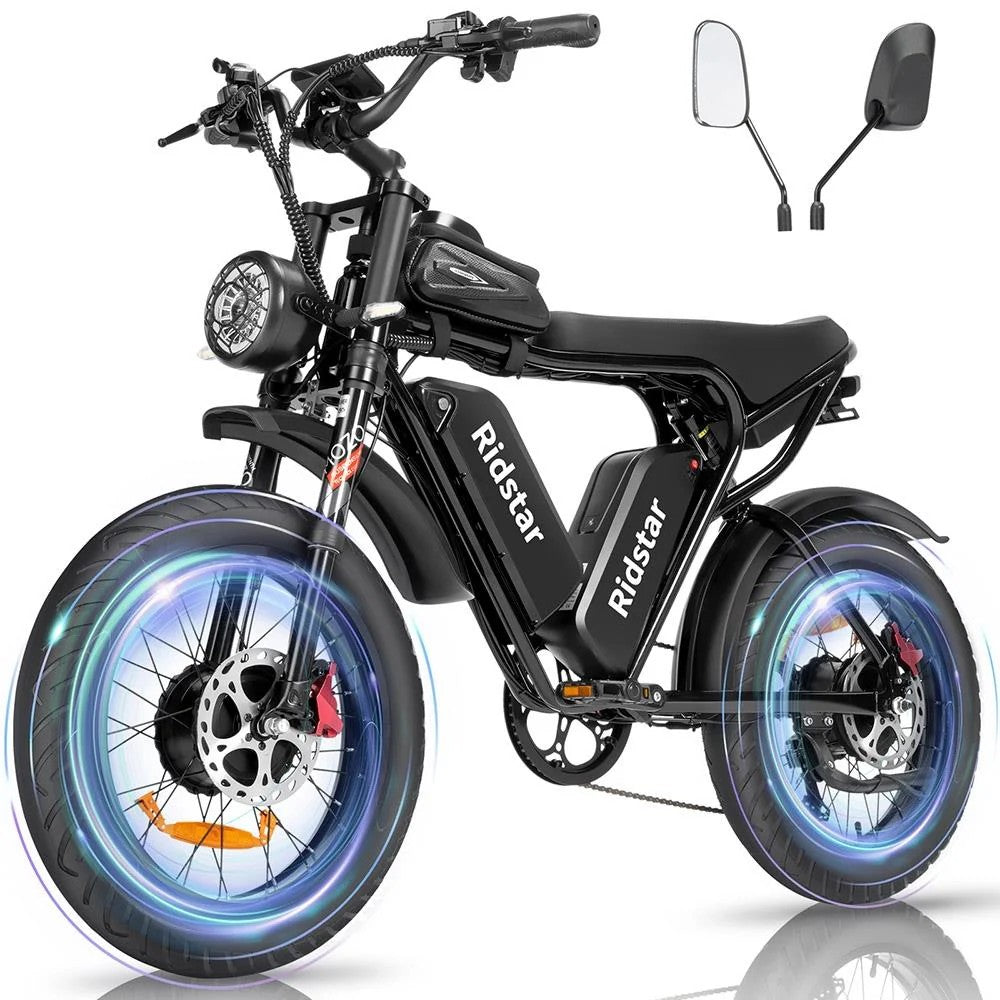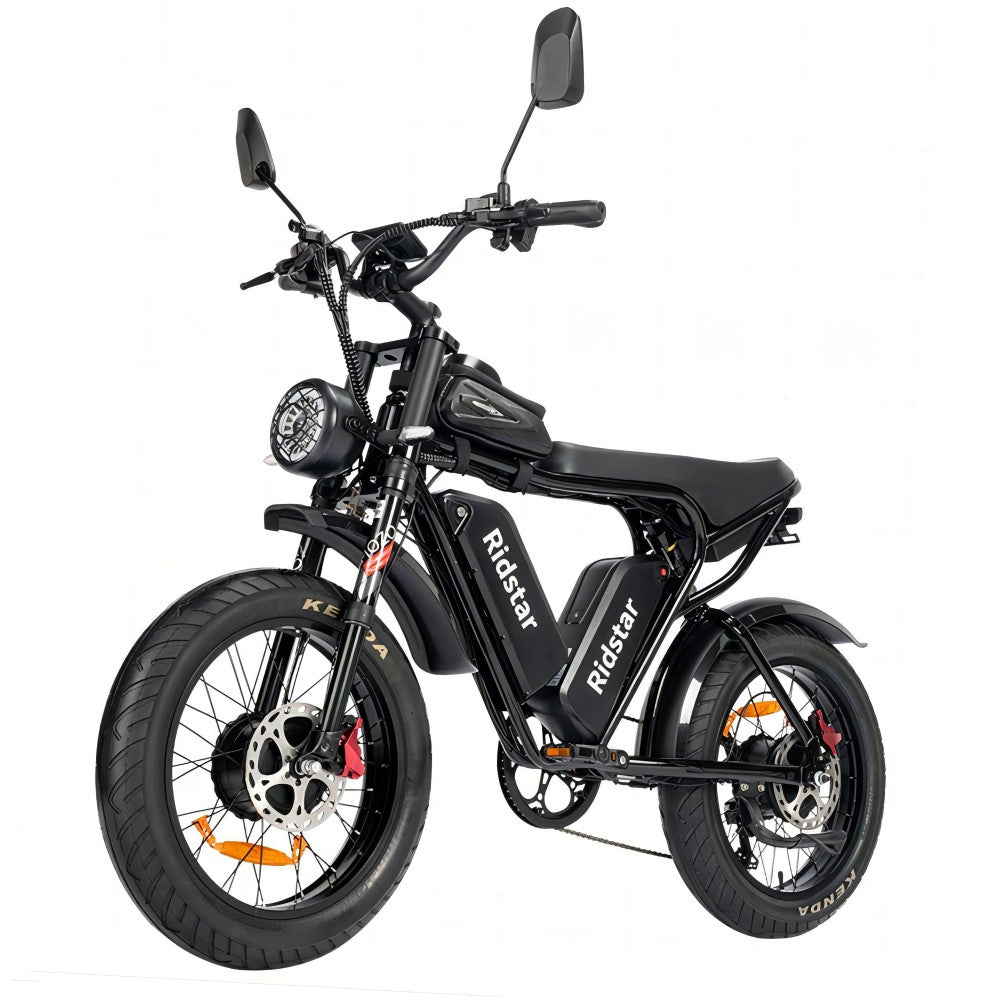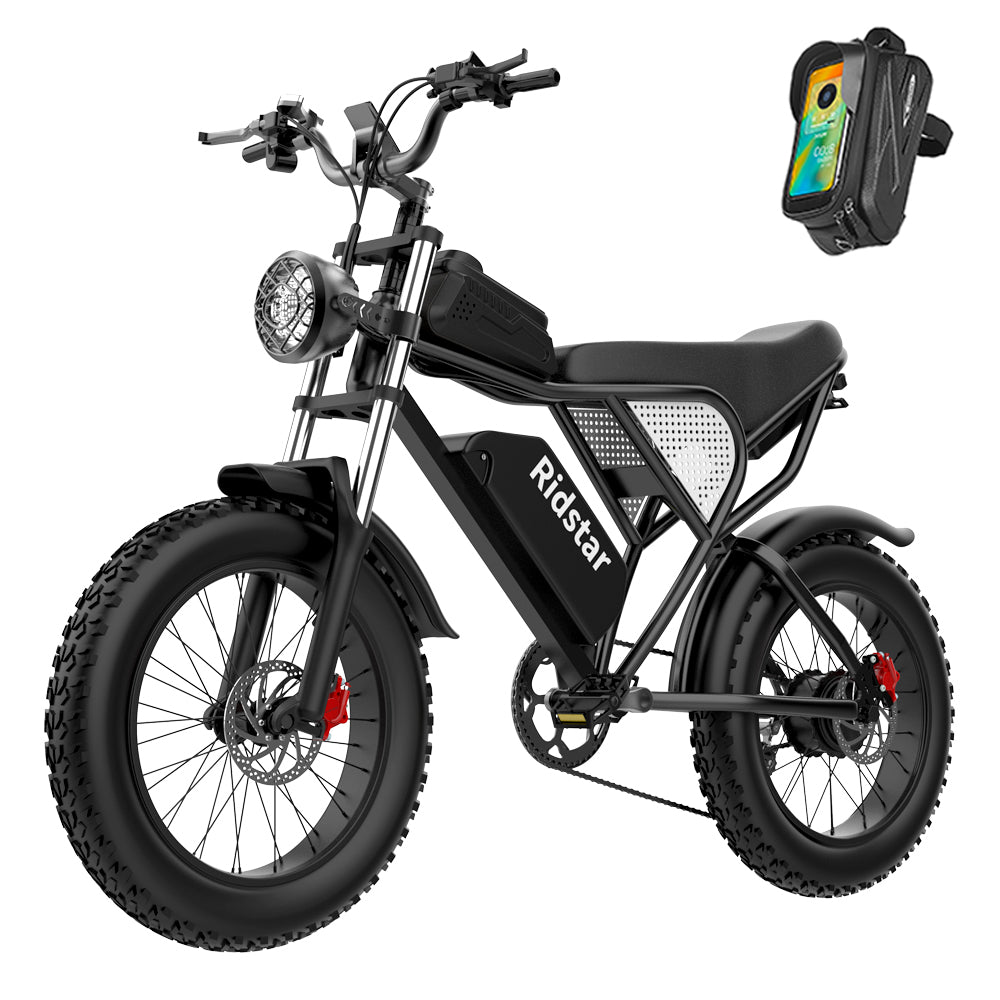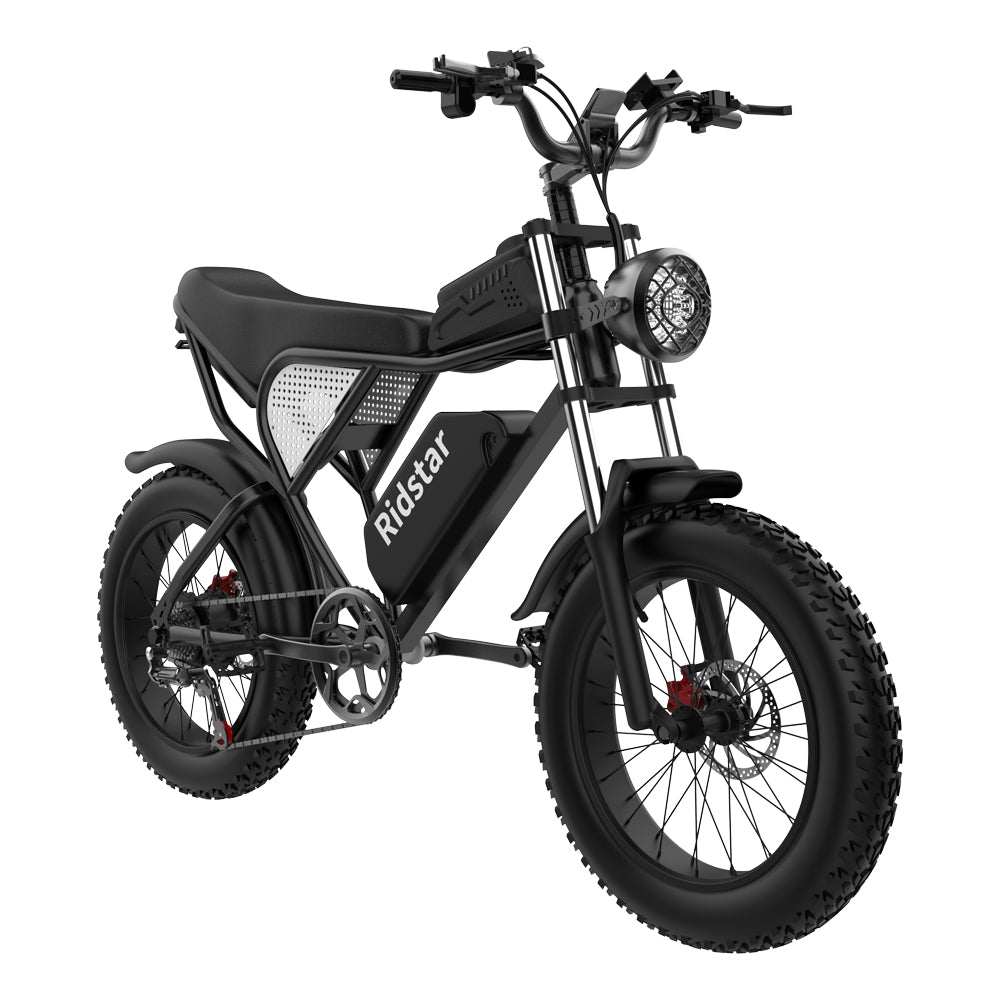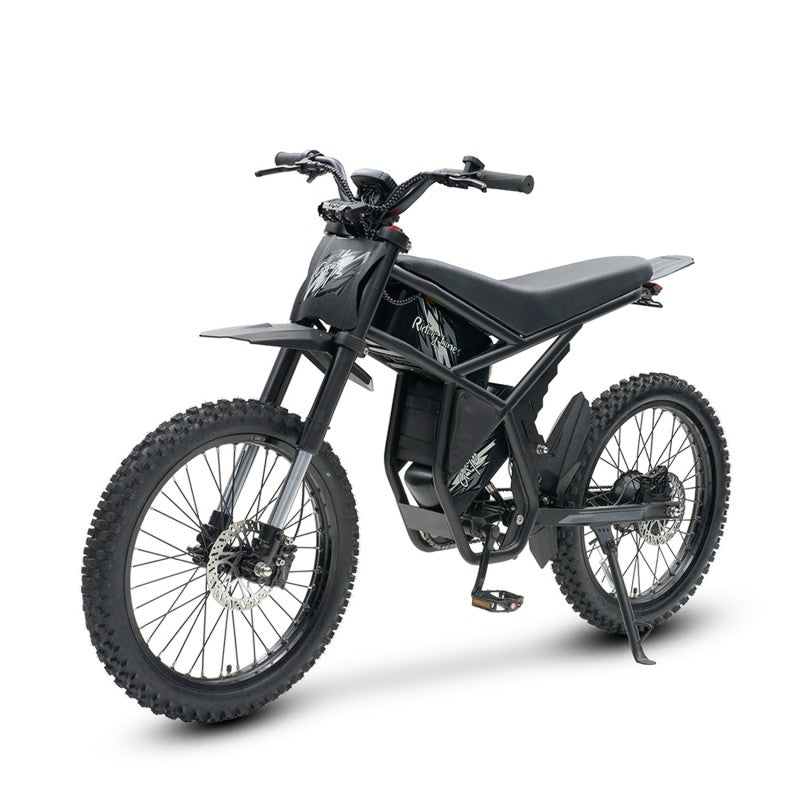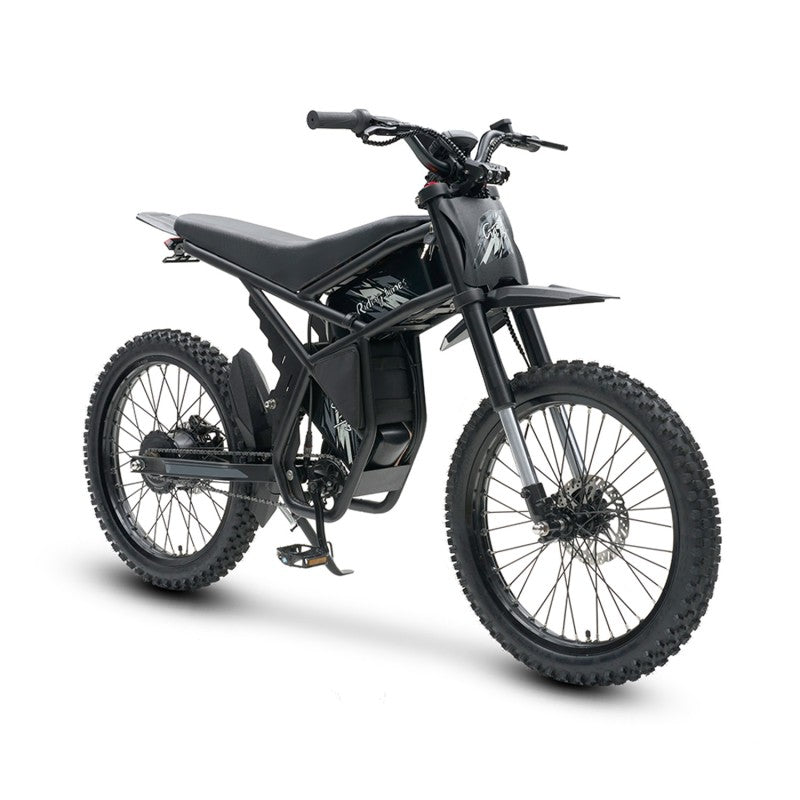The e-bike industry in the West has long been split between two extremes. In North America, regulations on speed and motor power are relatively relaxed. In contrast, Europe has maintained stricter standards—lower speeds and capped motor power. But that balance may be shifting, as discussions around updating e-bike regulations in Europe are gaining momentum.
The idea of increasing power limits isn't entirely new. The UK once considered raising the power cap for e-bikes from 250W to 500W but ultimately backed down. This time, however, it’s Germany leading the charge. As the largest e-bike market in Europe, Germany sells about two million e-bikes annually. It’s also home to major e-bike motor manufacturers like Bosch, giving it a significant role in both shaping and regulating the industry.
Although no legal changes have been made yet, Germany’s most influential trade association—ZIV (Zweirad-Industrie-Verband)—is actively exploring revisions to EU e-bike regulations. One of the key proposals would shift the current 250W continuous power limit to a new standard based on 750W peak power measured at the drive wheel.
This change may sound subtle, but it’s significant. The 250W limit currently refers to continuous (nominal) power output—a figure most European e-bikes still officially list. In reality, many e-bike motors deliver much higher peak output. Take Bosch, for example: the latest generation of its motors can deliver up to 600W peak power. That’s still well below the 1,000W to 1,300W peak motors commonly seen in the U.S., but it’s a clear step up from the nominal 250W benchmark.
Other proposed updates include weight limits for cargo e-bikes: 250 kg (550 lbs) for two-wheelers and 300 kg (660 lbs) for multi-wheel configurations. According to road.cc, ZIV emphasized the need to define separate technical and operational standards—referencing EN 17860-4:2025—for cargo bikes exceeding 300 kg, due to their significant differences in dynamics and design compared to standard EPACs (Electrically Power Assisted Cycles). These larger cargo e-bikes increasingly resemble compact delivery vehicles rather than traditional freight bicycles, raising concerns about their growing size—especially when used on bike paths.
While it's still too early to say whether these regulatory changes will be formally adopted, the fact that key industry players are publicly advocating for reform suggests that new e-bike rules in Europe are not just possible—they're likely on the horizon.









